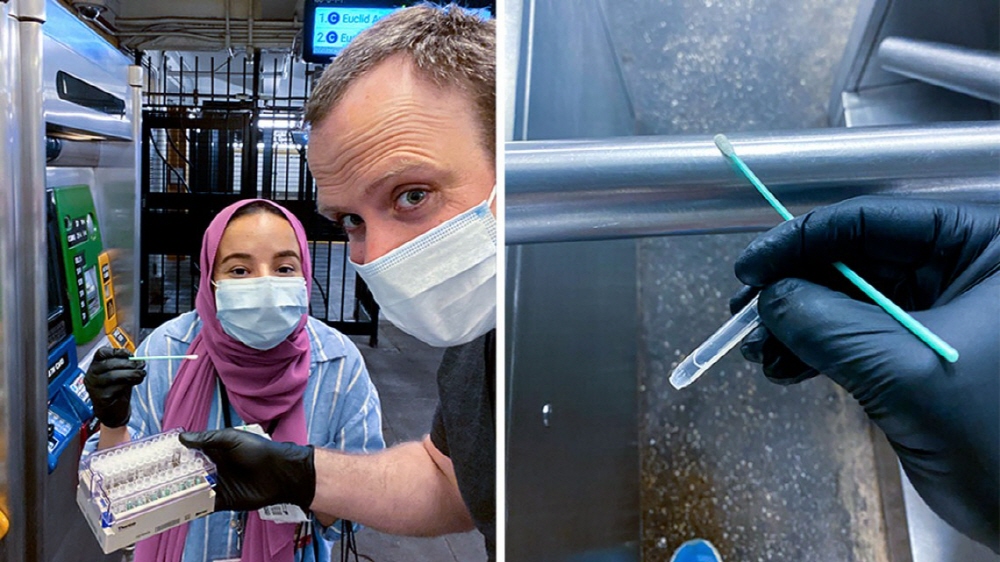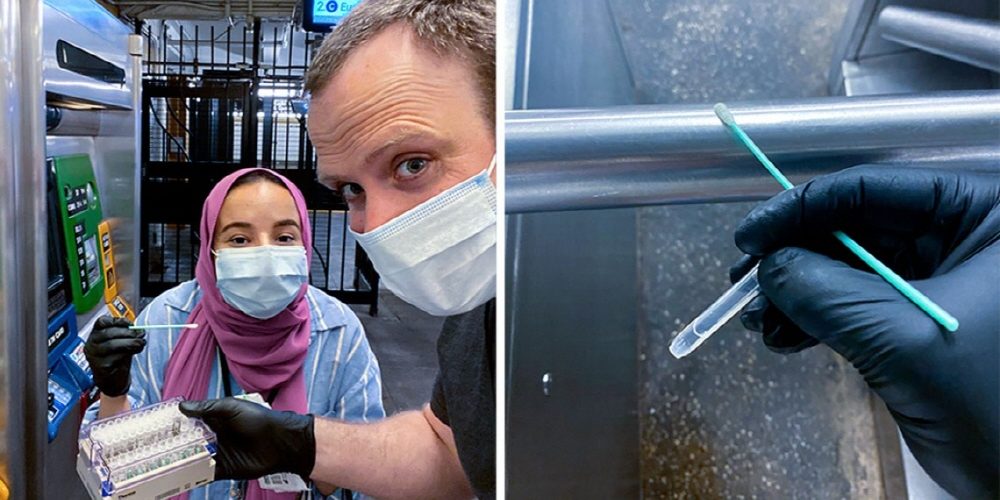
It is well known that various microorganisms exist in the human body and that individuals can be identified by examining the patterns of microorganisms released from the body. A new study examining the microbes that inhabit 60 cities across 32 countries on six continents found that unique microbial patterns exist in cities and that it is possible to identify cities from microbes like fingerprints.
In 2015, Cornell University’s Professor Christopher Mason’s research team launched the International MetaSUB Consortium to collect microbial samples and analyze genes from around the world. MetaSUB collected 4,728 microbial samples from public transportation or hospitals in 60 cities around the world from 2015 to 2017.
In the paper, the research team revealed that cities influence human health so far, but the mechanisms of these effects are diverse and mostly not understood. They say that understanding the microbial dynamics in urban environments other than the COVID-19 epidemic is only the beginning.
As a result of performing metagenome sequence analysis that comprehensively identifies the microbial DNA contained in the collected samples, the research team found that the samples collected by city had different microbial patterns, rather than the same.
In this analysis, 31 species of microorganisms were consistently found in 97% of samples, confirming the presence of a core microbial group present in almost all cities. On the other hand, the microbial group appears to be clearly influenced by geographical conditions, and coastal cities have many salt-loving microorganisms, and densely populated cities show significant differences in microbiological diversity.
According to the research team, it is possible to predict where a person lives with 90% accuracy by analyzing the metagenome sequence of the microbial DNA attached to the shoe. Factors that affect the microbial group include total population, population density, elevation, distance to the sea, and climate, suggesting the possibility that it will be helpful in future scientific investigations.
In addition, the study also found 10,928 viruses, 1,302 bacteria, and two archaea that do not match the species identified so far. The researchers say that every time you sit down on the subway, you’re likely commuting to work with a whole new kind of microbes.
Although this study is based on samples collected from 2015 to 2017, the scale of the metaSUB has been expanded since then, and samples are being collected in more than 100 cities. In addition, it is said that the sample collection site is expanding not only to the surface of the object, but also to air and sewage. Identifying microorganisms in other cities provides an opportunity to identify threats to health, such as antibiotics and resistant bacteria, and to discover microorganisms that will lead to future development. The researchers say that the rainforest is a biodiversity repository, and it’s easy to think for someone who has new molecules for treatment, but so are subway railings and benches. Related information can be found here.


















Add comment